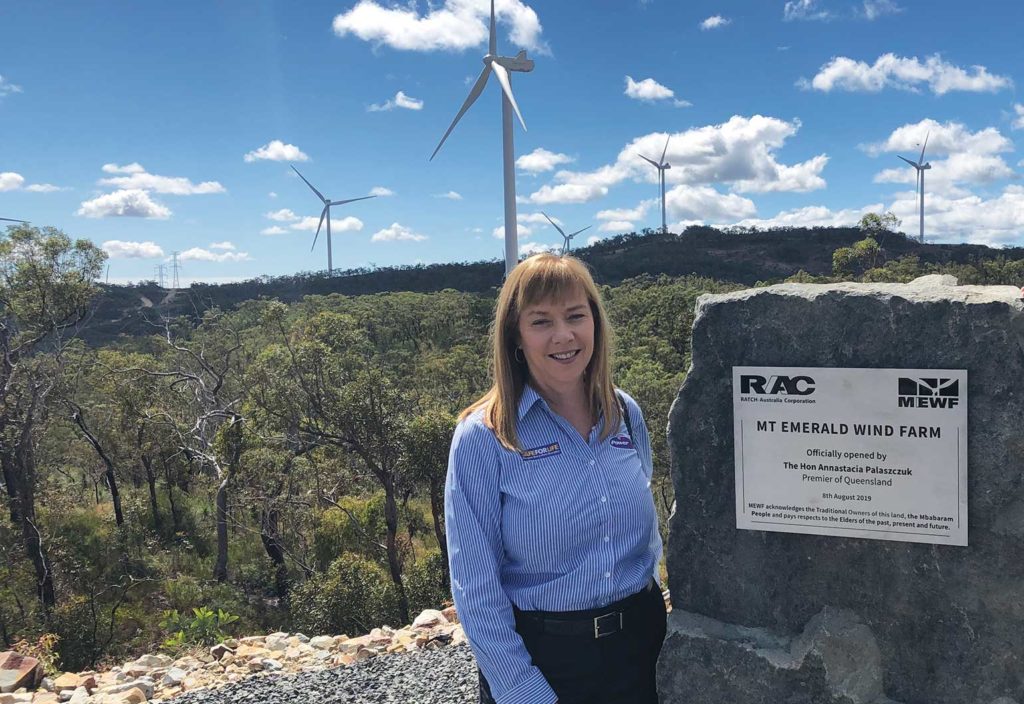Merryn York FIEAust CPEng has always been enthusiastic about electricity — and that puts her in good stead to oversee the future of Australia’s power generation market.
The transformation of Australia’s power system is presenting significant engineering challenges.
One of the biggest is economically and efficiently integrating variable inverter-based renewable resources into the country’s energy mix.
But challenges like that drew Merryn York FIEAust CPEng to the role of Commissioner of the Australian Energy Market Commission (AEMC), the sector’s rule-making body.
“The change to renewable energy right up and down the supply chain is actually happening very quickly by international standards,” she said.
“We need to be on the front foot with the rules that set the regulations, keeping pace with the change so that by the time we switch to more and more renewables, we are ahead of the curve.”
An engineering spark
An electrical engineer, York has worked in Australia’s energy sector for more than 30 years.

such as the Snowy Scheme.
She grew up in Maryborough, in Queensland’s Fraser Coast region. Her interest in maths and science was fostered by her father, who worked as an engineer in the electricity sector.
After graduating from the University of Queensland (UQ), York worked as Principal Engineer, Grid Controls Planning, at the Queensland Electricity Commission. She joined the state’s key electricity transmission body, Powerlink, in the mid-1990s and went on to become its CEO.
She has also served as a board member of Energy Networks Australia.
“I chose to focus on electricity because I find it technically interesting,” she said. “My area of focus was the transmission planning and power system analysis, which is very maths and physics-oriented, but there is also a community service aspect that appeals to me.
“Electricity is an essential service. It’s something that enables people’s lives and lifestyles. It supports the economy and economic growth in terms of delivering a reliable, well-priced supply to people.”
York said the combination of technical complexity and community service “ticked all the boxes”.
“It has meant that I’ve stayed in the energy sector pretty much for my whole career, and it was also a part of the reason I moved to the AEMC.”
Securing the system
The energy sector has changed significantly over the past three decades, and the increasing level of inverter-based renewables is challenging both the laws of physics and the electricity market arrangements.
Renewable energy sources such as wind and solar do not share the physical characteristics of synchronous generators like hydro, coal or gas-fired generation.
While system strength, inertia and some types of frequency control are by-products of synchronous generation, York says existing frameworks need to evolve as more inverter-based renewables enter the market.
“We’re doing a review at the moment of how we can evolve the system-strength framework,” she said. “System strength is important, because it provides fault current for protection systems to work properly and a stabilising effect that allows the inverter-based resources to hook on to and work with the AC system.”
The aim, York said, is to ensure sufficient system strength is provided in the future so that energy is provided economically, at the right time, and in the right location for secure, reliable and affordable customer outcomes.
Power in diversity
York became an engineer because she understood what engineers actually did.
She believes if more kids — especially girls — were shown the tangible work of engineers, they would be more likely to follow a similar path.
“We also need more women as role models,” York said. Else Shepherd, one of the first two women to graduate from electrical engineering at UQ in 1965, who was recently honoured for her groundbreaking work, was a role model for York.
“When I studied engineering, about 10 per cent of us were girls,” she said. “That’s more than when Else studied, but it’s still not very high.”
Merryn York’s key priorities for AMEC
- Delivering a secure, reliable and affordable power system for the future. “This requires a very close involvement with key market bodies like the Energy Security Board, the Australian Energy Market Operator and the Australian Energy Regulator.”
- Strengthening the link between the sector’s physical and financial arrangements. “We need to ensure that we have the right economics to drive the right incentives for the right people, so that the physics works.”
- Integrating distributed energy resources in consumer households. “There is a challenge of integrating renewables at the high-voltage end of the power system, but there’s also a piece around customer involvement in the delivery of energy to themselves, through things like solar panels, batteries and electric vehicles at their homes.”
